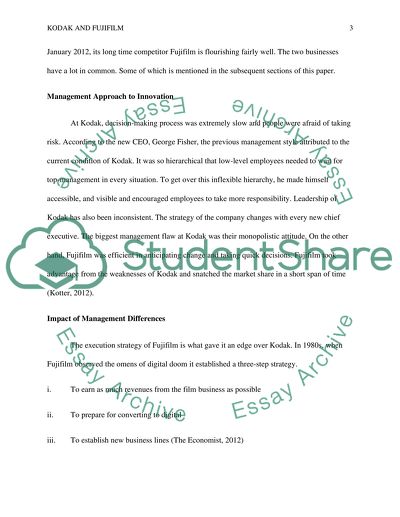Cite this document
(“Kodak and Fujifilm Essay Example | Topics and Well Written Essays - 1500 words - 4”, n.d.)
Kodak and Fujifilm Essay Example | Topics and Well Written Essays - 1500 words - 4. Retrieved from https://studentshare.org/marketing/1488782-kodak-and-fujifilm
Kodak and Fujifilm Essay Example | Topics and Well Written Essays - 1500 words - 4. Retrieved from https://studentshare.org/marketing/1488782-kodak-and-fujifilm
(Kodak and Fujifilm Essay Example | Topics and Well Written Essays - 1500 Words - 4)
Kodak and Fujifilm Essay Example | Topics and Well Written Essays - 1500 Words - 4. https://studentshare.org/marketing/1488782-kodak-and-fujifilm.
Kodak and Fujifilm Essay Example | Topics and Well Written Essays - 1500 Words - 4. https://studentshare.org/marketing/1488782-kodak-and-fujifilm.
“Kodak and Fujifilm Essay Example | Topics and Well Written Essays - 1500 Words - 4”, n.d. https://studentshare.org/marketing/1488782-kodak-and-fujifilm.


